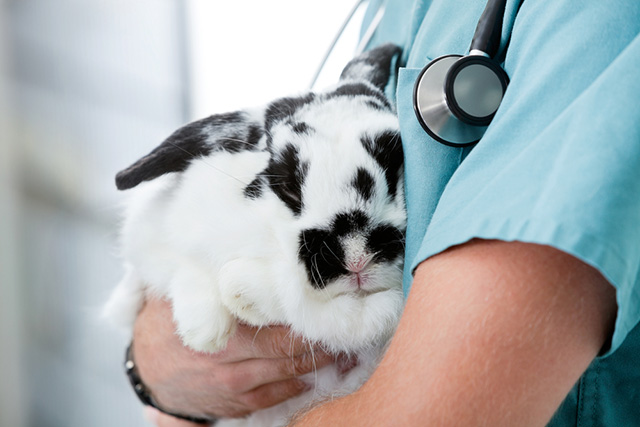Rabbit Haemorrhagic Disease (RHD), also known as Viral Haemorrhagic Disease (VHD) is a very serious infectious disease which first emerged in China during the 1980s that can affect rabbits. Within a few years this disease was seen virtually worldwide and it is now an endemic disease in wild rabbits in the UK. The disease is extremely sudden in onset in many cases with the only sign often seen in an infected rabbit is that is found dead. All rabbits are potentially at risk of RHD.
How is Rabbit Haemorrhagic Disease spread?
RHD is spread by direct contact between rabbits (both wild and domesticated) and but also via indirect contact. Possible sources of indirect transfer are people, clothing, contaminated hutches and bedding, as well as insect vectors such as fleas and flies.
What causes Rabbit Haemorrhagic Disease?
RHD is caused by a calicivirus and has an incubation period of just one to three days. The virus itself is very stable in the environment and can survive for up to 105 days.
What are the signs and symptoms of Rabbit Haemorrhagic Disease?
Signs include depression, collapse, difficulty in breathing, convulsions, high body temperature, lethargy and bleeding from the nose. Death usually occurs within 12-36 hours after the onset of fever and the mortality rate can be as high as 90-100%.
Can I stop my rabbit getting Rabbit Haemorrhagic Disease?
RHD vaccination can be given to provide effective protection against this disease from as early as five weeks of age. A dual vaccine for rabbits covering both myxomatosis and rabbit haemorrhagic disease has recently been launched in the UK. This new vaccine provides efficient protection of rabbits against both diseases and as with existing RHD vaccines an annual booster is sufficient to maintain immunity.

